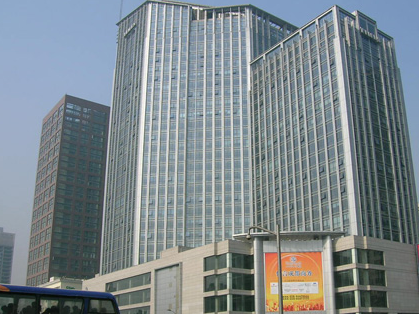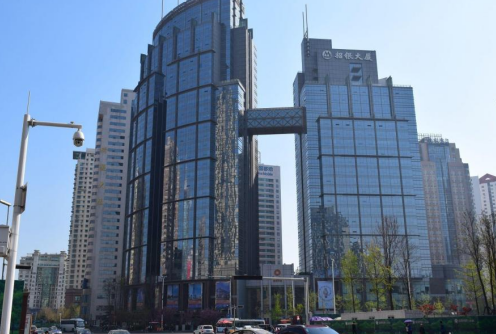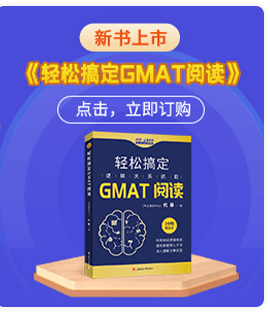视频解析
文字解析
Evaluation<
This question asks about the purpose of the author’s use of the phrase escape velocity in the second paragraph. The author is discussing what occurs after an asteroid collision, in
which a large asteroid might be blasted to bits. The bits, according to the author, will move slower than their mutual escape velocity—that is, the speed at which they would have to move to get away from each other and not reassemble, under the influence of gravity, into a rubble pile.
A. The author is emphasizing the asteroid bits that do not escape rather than those that do. Asteroids may become smaller over time, but the fact that most bits move slower than their escape velocity would not help to explain this shrinkage.
B. That the bits of asteroid move slower than their escape velocity helps explain why the fragments reassemble, but it does not help explain the speed with which they
reassemble.
C. According to the author, asteroid collisions occur frequently, but the escape velocity of the resulting fragments does not help to explain that frequency.
D. The concept of escape velocity may help explain why small asteroids are monoliths, but it has no relevance, at least as far as the passage indicates, to those asteroids’ rotation
rates.
E. Correct. After a collision, it is the asteroid fragments’ failure to reach escape velocity that allows the fragments’ gravitational pull to reassemble them into a rubble pile.
The correct answer is E.
GMAT会员
- 【OG18-P680-668题】In a review of 2,000 studies of human behavior that date back to the 1940s, two Swiss psychologists, declaring that since most of the studies had failed to control for such variables as social class and family size, none could be taken seriously.
- 【OG18-P680-671题】Manufacturers rate batteries in watt-hours; if they rate the watt-hour higher, the longer the battery can be expected to last.
- 【OG18-P680-672题】At the end of the 1930s, Duke Ellington was looking for a composer to assist him-someone not only who could arrange music for his successful big band, but mirroring his eccentric writing style as well in order to finish the many pieces he had started but never completed.
- The passage provides information to support which of the following statement about La Nina?
- The author of the passage would most likely agree with which of the following statements about the link between increased solar activity and certain seasonal weather changes on the Earth?

添加官方小助手微信
了解更多GMAT考试与咨询















 400-600-1123
400-600-1123





 资深讲师题题有解析
资深讲师题题有解析





















 12G备考资料
12G备考资料